Indoor plants bring life, color, and calm into our homes. They purify the air, improve mood, and create a serene connection to nature. However, if you share your home with cats or dogs, not all houseplants are safe companions. Some popular species—like lilies, pothos, and snake plants—can be toxic to pets, causing vomiting, irritation, or worse if ingested.
Fortunately, many beautiful, easy-to-care-for plants are non-toxic to pets and can coexist safely with your furry friends. In this article, we’ll explore five pet-friendly indoor plants that will beautify your home without endangering your cats or dogs. You’ll also learn how to care for them and keep both your plants and pets happy.
Why Pet-Safe Plants Matter
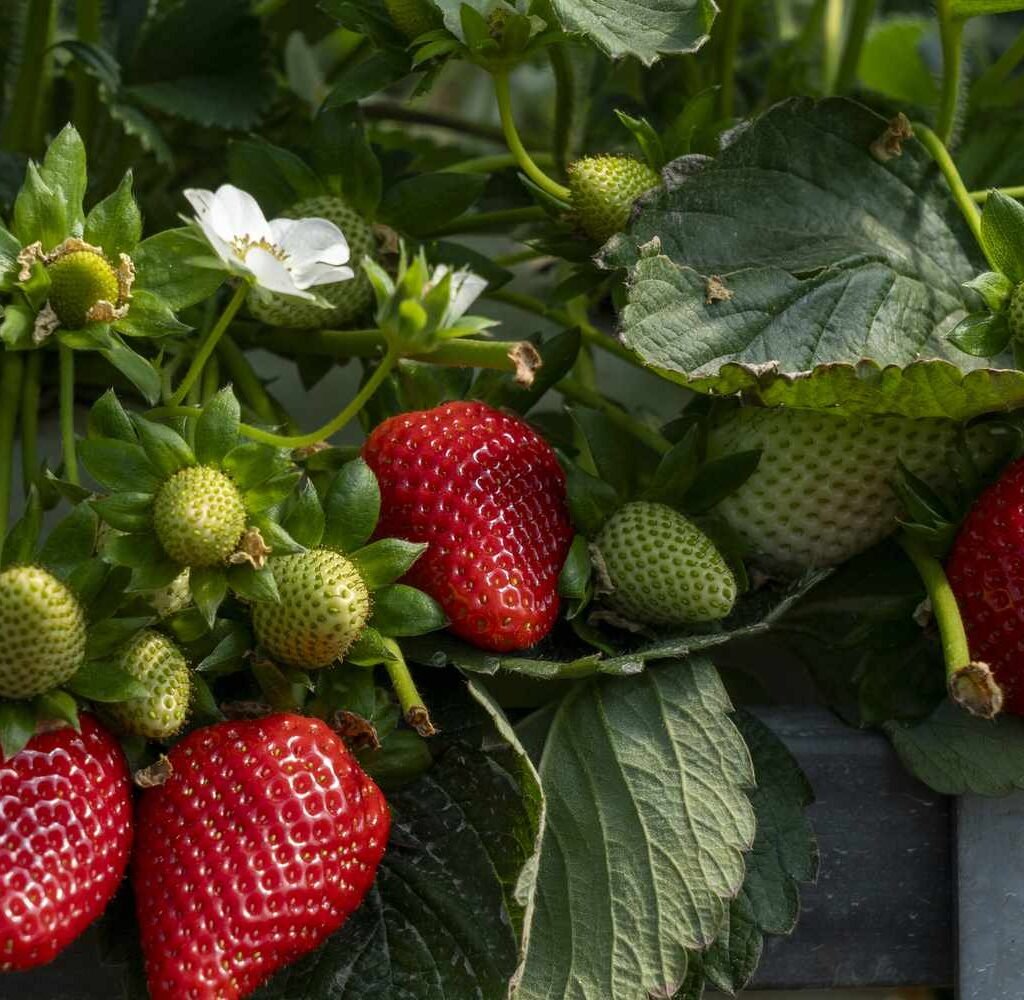
Pets are naturally curious—they love to sniff, nibble, or bat at leaves. Unfortunately, several common houseplants contain alkaloids, saponins, or calcium oxalate crystals, which can irritate the digestive system or even be toxic if consumed.
Toxic plants can lead to:
- Vomiting and diarrhea
- Drooling or mouth irritation
- Difficulty breathing
- Lethargy or loss of appetite
Choosing non-toxic, pet-friendly plants helps prevent such risks while still allowing you to enjoy lush indoor greenery.
1. Spider Plant (Chlorophytum comosum)
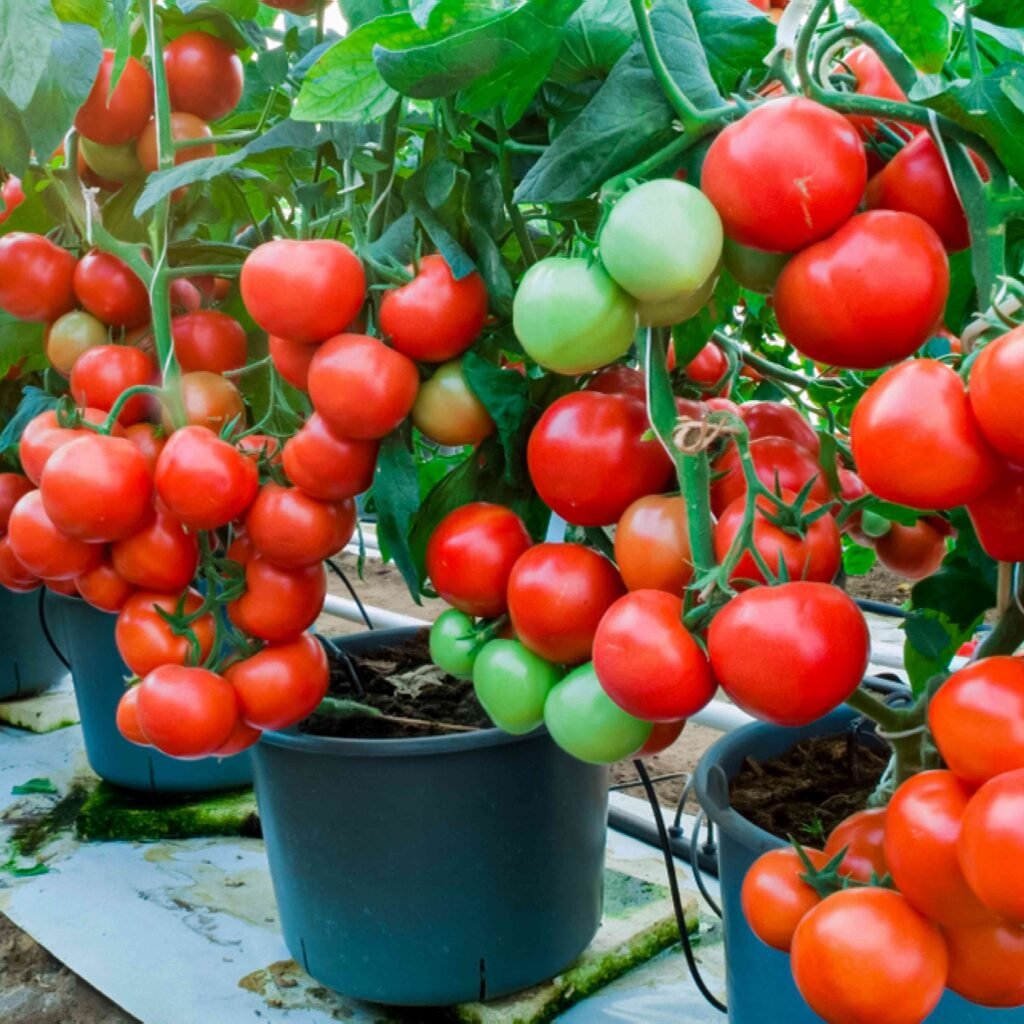
Why It’s Great
The spider plant is one of the most popular, low-maintenance houseplants—and it’s completely safe for cats and dogs. Its long, arching green leaves with white stripes add a refreshing touch to any room. Cats, in particular, are often drawn to its dangling “spiderettes,” making it a great interactive element in a pet-friendly home.
Pet Safety
- Non-toxic to cats and dogs (ASPCA certified).
- Even if pets nibble on the leaves, it usually causes no harm.
Care Requirements
- Light: Thrives in bright, indirect light but tolerates low light.
- Water: Water moderately; allow soil to dry between waterings.
- Temperature: Prefers 60–80°F (16–27°C).
- Propagation: Produces “baby spiders” that can be easily rooted in water or soil.
Pro Tip:
Hang spider plants in hanging baskets or place them on high shelves. This keeps them safe from excessive pet nibbling while adding vertical greenery to your space.
2. Areca Palm (Dypsis lutescens)
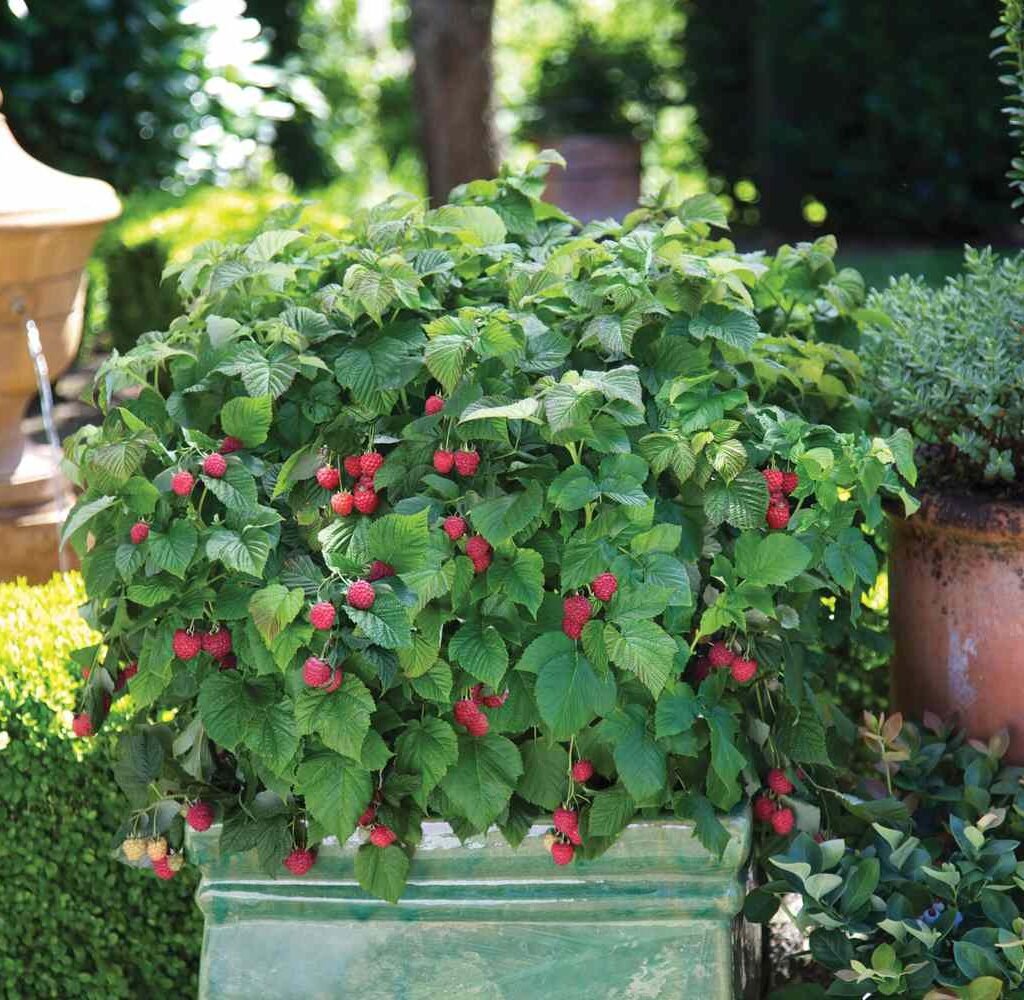
Why It’s Great
Also known as the Butterfly Palm, Areca Palm instantly transforms your home into a tropical oasis. Its graceful, feathery fronds create a calm, airy aesthetic, making it a favorite for both interior designers and plant enthusiasts.
Pet Safety
- Non-toxic to cats and dogs.
- Adds humidity to indoor air, which benefits both your plants and pets’ respiratory health.
Care Requirements
- Light: Prefers bright, indirect sunlight; avoid harsh, direct rays.
- Water: Keep soil lightly moist but not soggy.
- Humidity: Thrives in moderate to high humidity.
- Fertilizer: Feed with a balanced liquid fertilizer monthly during the growing season (spring–summer).
Pro Tip:
Mist the leaves occasionally to mimic tropical humidity. This also helps prevent brown leaf tips.
3. Boston Fern (Nephrolepis exaltata)
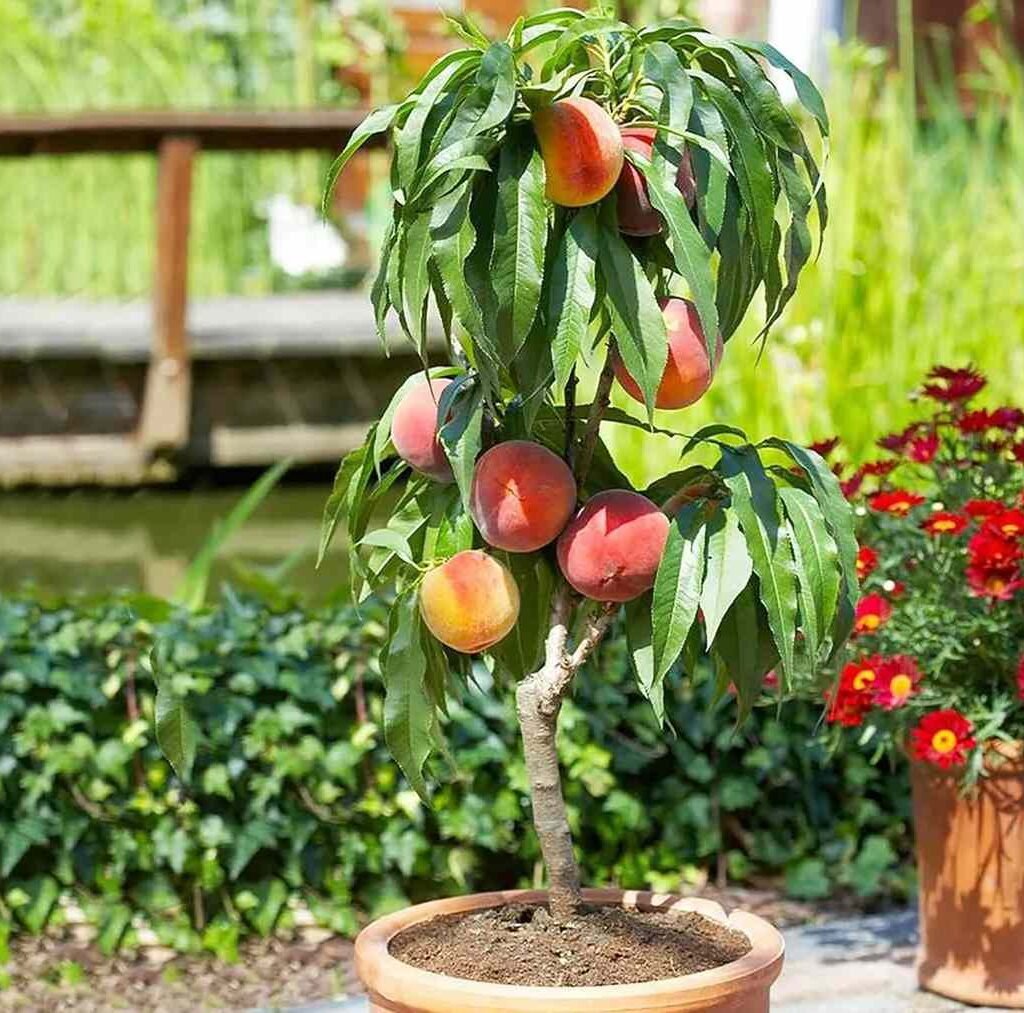
Why It’s Great
The Boston Fern is a classic, lush indoor plant with soft, arching fronds that add an elegant texture to any room. It’s particularly great for hanging baskets, bathroom shelves, or shaded corners.
Pet Safety
- Completely safe for cats and dogs.
- Non-toxic and poses no harm if leaves are chewed or brushed against.
Care Requirements
- Light: Prefers indirect or filtered light; direct sun can scorch its delicate fronds.
- Water: Keep the soil consistently moist but not waterlogged.
- Humidity: Needs high humidity—ideal for bathrooms or kitchens.
- Temperature: Grows best at 60–75°F (15–24°C).
Pro Tip:
If your home’s air is dry, use a humidifier or pebble tray beneath the pot to maintain moisture.
4. Calathea (Prayer Plant Family)
Why It’s Great
Calatheas are admired for their vibrant, patterned leaves with hues of green, purple, and pink. They’re also known as “prayer plants” because their leaves fold up at night—a fascinating feature for pet owners and plant lovers alike.
Pet Safety
- Non-toxic to cats and dogs.
- Perfect for pet households that love colorful foliage without worrying about poisoning.
Care Requirements
- Light: Thrives in low to medium indirect light; direct sunlight can fade its colors.
- Water: Keep soil slightly moist at all times; avoid letting it dry out completely.
- Humidity: Loves high humidity, similar to tropical environments.
- Fertilizer: Use diluted, balanced fertilizer once a month during growing season.
Pro Tip:
Place Calathea in bathrooms or near humidifiers to keep leaves healthy and vibrant.
5. Parlor Palm (Chamaedorea elegans)
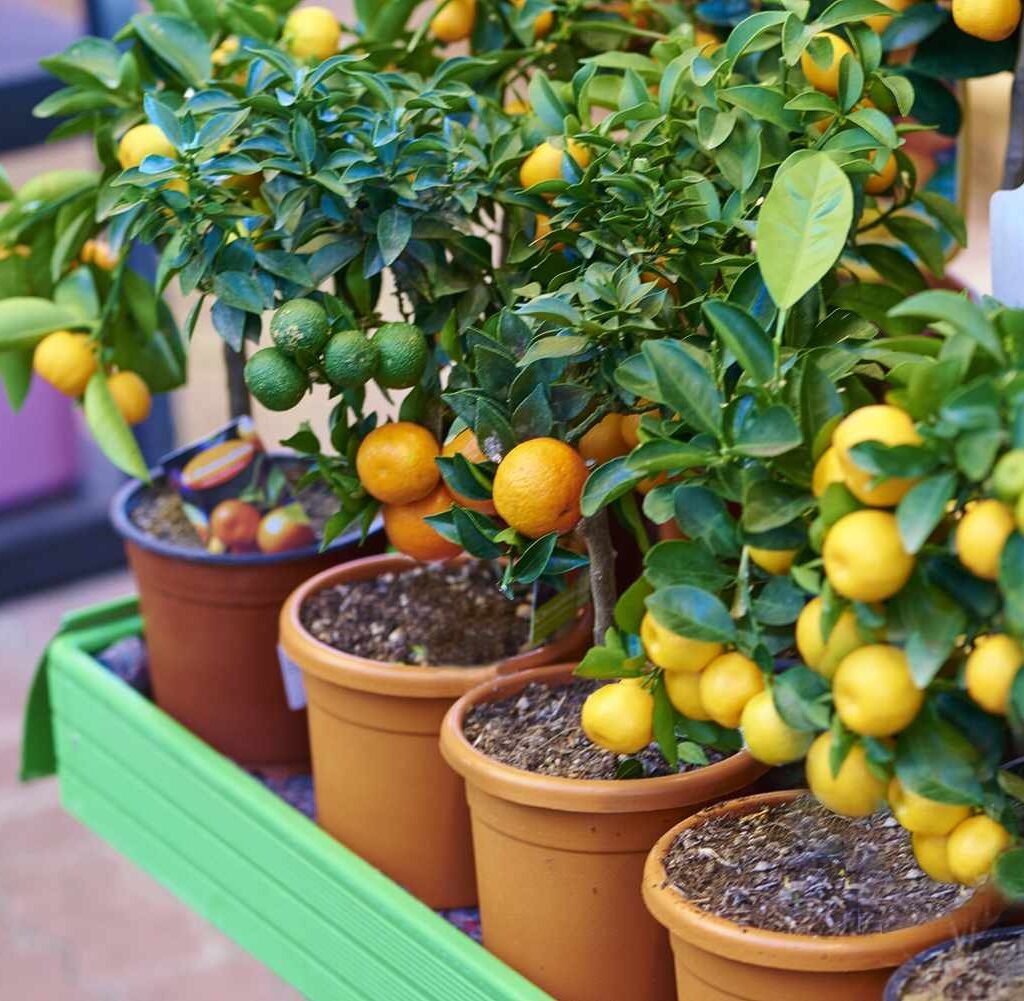
Why It’s Great
If you’re looking for a hardy, elegant, and pet-safe plant, the Parlor Palm is an excellent choice. Popular since the Victorian era, it’s known for its feathery fronds and adaptability to indoor conditions.
Pet Safety
- Non-toxic to cats and dogs.
- Adds a lush, tropical aesthetic without any risk to pets.
Care Requirements
- Light: Prefers indirect or filtered light; tolerates low light well.
- Water: Water when the top inch of soil feels dry.
- Humidity: Moderate humidity is sufficient.
- Fertilizer: Feed every 4–6 weeks during spring and summer with a gentle houseplant fertilizer.
Pro Tip:
Dust leaves occasionally to maintain healthy photosynthesis and keep your home looking fresh.
Bonus: Other Pet-Safe Options
If you want more variety, consider these additional non-toxic plants:
- Bamboo Palm (Chamaedorea seifrizii)
- Ponytail Palm (Beaucarnea recurvata)
- African Violet (Saintpaulia ionantha)
- Haworthia succulents (Haworthia spp.)
Each of these options adds charm and greenery without compromising your pet’s safety.
Tips for Maintaining a Pet-Friendly Indoor Garden
Creating a safe and thriving indoor garden involves more than just choosing the right plants. Here are expert tips for keeping your plants—and pets—healthy and happy:
1. Use Pet-Safe Soil and Fertilizers
Avoid chemical fertilizers, pesticides, or pest-control sprays that may contain toxins. Opt for organic, pet-safe options, or make your own natural pest deterrents with neem oil or mild soapy water.
2. Elevate or Hang Plants
Use hanging planters, tall stands, or wall shelves to keep plants out of reach from overly curious cats or dogs. This prevents soil digging and unnecessary leaf nibbling.
3. Train Your Pets
If your pets tend to chew on leaves, gently redirect them with positive reinforcement or provide cat grass as a safe chewing alternative.
4. Maintain Proper Air Circulation
Good airflow helps reduce mold and fungus, benefiting both your plants and pets’ respiratory health.
5. Monitor for Chewing or Digging
Keep an eye out for chewed leaves or spilled soil. Although these plants are safe, excessive ingestion could still cause mild stomach irritation.
Benefits of Having Pet-Safe Indoor Plants
- Improved Air Quality: Many pet-safe plants—like spider plants and palms—help filter toxins from the air.
- Stress Reduction: Both pets and humans experience reduced anxiety around natural greenery.
- Enhanced Decor: These plants add texture, color, and beauty to indoor spaces.
- Increased Humidity: Plants naturally boost air moisture, aiding in respiratory comfort for pets.
- Eco-Friendly Living: Growing non-toxic plants promotes a harmonious, sustainable home environment.
Conclusion
You don’t need to sacrifice style or greenery to keep your pets safe. With the right selection of non-toxic, pet-friendly indoor plants, you can create a home that’s lush, vibrant, and perfectly safe for cats and dogs alike.
To recap, the top 5 pet-safe indoor plants are:
- Spider Plant – resilient, air-purifying, and cat-approved.
- Areca Palm – tropical elegance that thrives indoors.
- Boston Fern – lush greenery that loves humidity.
- Calathea – colorful foliage for decorative appeal.
- Parlor Palm – classic, elegant, and low-maintenance.
By incorporating these plants, you’ll enjoy the benefits of greenery while ensuring a safe environment for your furry companions. So go ahead—decorate your home, breathe cleaner air, and let your pets explore freely in your very own pet-safe indoor jungle.
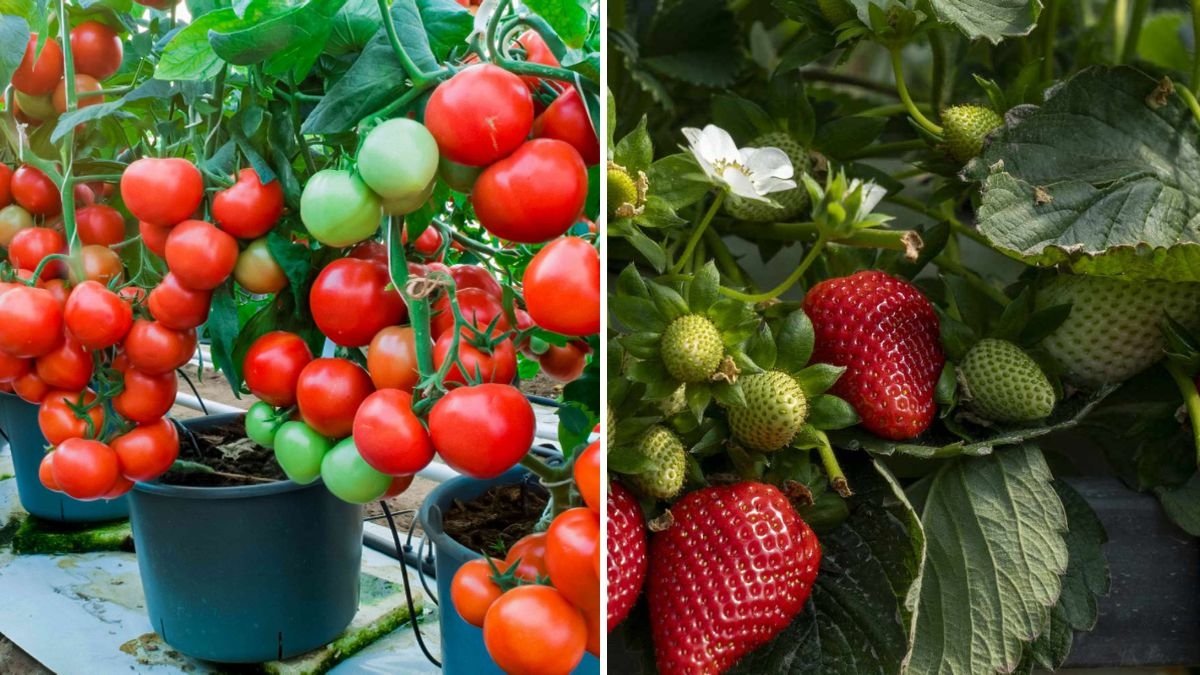




Leave A Comment